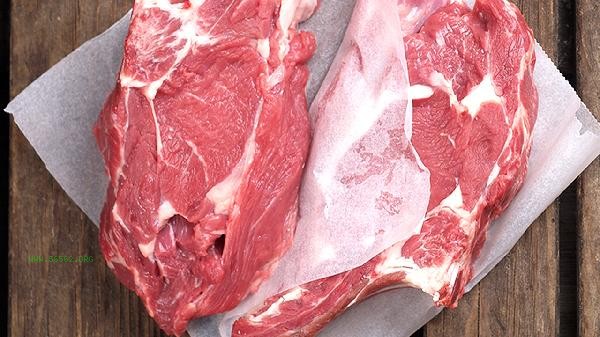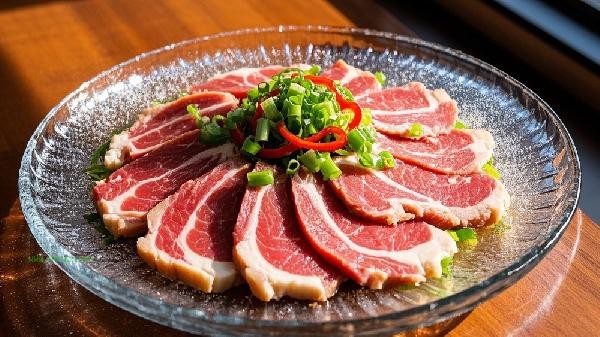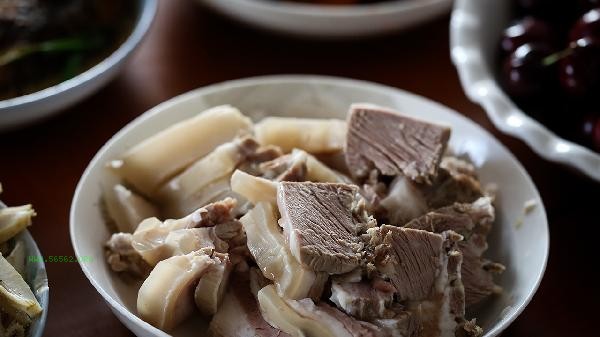Beef tenderloin and tendon are the preferred parts that are both delicious and suitable for muscle building. Beef is rich in high-quality protein and creatine, which helps with muscle synthesis and repair. Choosing low-fat and high protein parts can balance muscle building effects and taste experience.

1. Beef tenderloin
Beef tenderloin is the most tender muscle in the back of cattle, with a fat content of less than 5% and a protein content of about 22 grams per 100 grams. Its muscle fibers are delicate and easy to digest and absorb, making it suitable for fitness enthusiasts as the main source of protein. When cooking, it is recommended to use low-temperature slow roasting or fast frying methods to avoid high temperature damaging protein structure. Pairing with vegetables rich in vitamin C such as broccoli can promote iron absorption.
2. Cow Tendons
Cow tendons are located in the cow's leg and have abundant connective tissue. However, after slow stewing, they will be converted into gelatin and have a soft and sticky texture. Each 100 grams contains 28 grams of protein and a high proportion of branched chain amino acids, which can effectively stimulate muscle synthesis and metabolism. Adding ginger slices during braising or stewing can help break down meat fibers and improve nutrient utilization. Attention should be paid to controlling cooking time to avoid nutrient loss.
3. Beef hind leg meat
Beef hind leg meat has thicker muscle fibers but a protein content of 26%, with a moderate fat ratio. Suitable for making meat filling or slicing into thin slices for quick stir frying, retaining more B vitamins. Eating rough rice after exercise can form a complete amino acid profile and promote muscle repair. Special populations should pay attention to selecting lean meat parts that remove visible fat.

4. Beef Shoulder
Beef shoulder contains moderate levels of marbling fat, providing 25 grams of protein per 100 grams. Its myoglobin content is high, which helps to improve exercise endurance. Recommend cutting into chunks for braising, as fat and muscle tissue form a unique flavor during prolonged cooking. The recommended weekly intake for fitness enthusiasts is within 300 grams.
Five, Coweye Meat
Coweye meat is located at the end of the ribs, with a protein content of about 24 grams per 100 grams and rich in zinc. Moderate fat can form a delicious charred layer when frying and grilling, and it is recommended to pair it with fiber rich side dishes such as asparagus. Pay attention to controlling single intake, as excessive intake may increase the burden on the digestive system.

During muscle building, it is recommended to consume beef alternately with other high-quality proteins, such as chicken breast, fish, etc. The total daily protein intake is calculated at 1.5 to 2 grams per kilogram of body weight, with four to five supplements having a better effect. When cooking, prioritize low-temperature methods such as steaming and stewing to avoid nutrient loss caused by deep frying. Combined with regular resistance training and sufficient sleep, the nutrients in beef can be more effectively converted into muscle tissue. Individuals with special constitutions should consult a nutritionist before consumption to ensure that their dietary plan meets their individual needs.






Comments (0)
Leave a Comment
No comments yet
Be the first to share your thoughts!